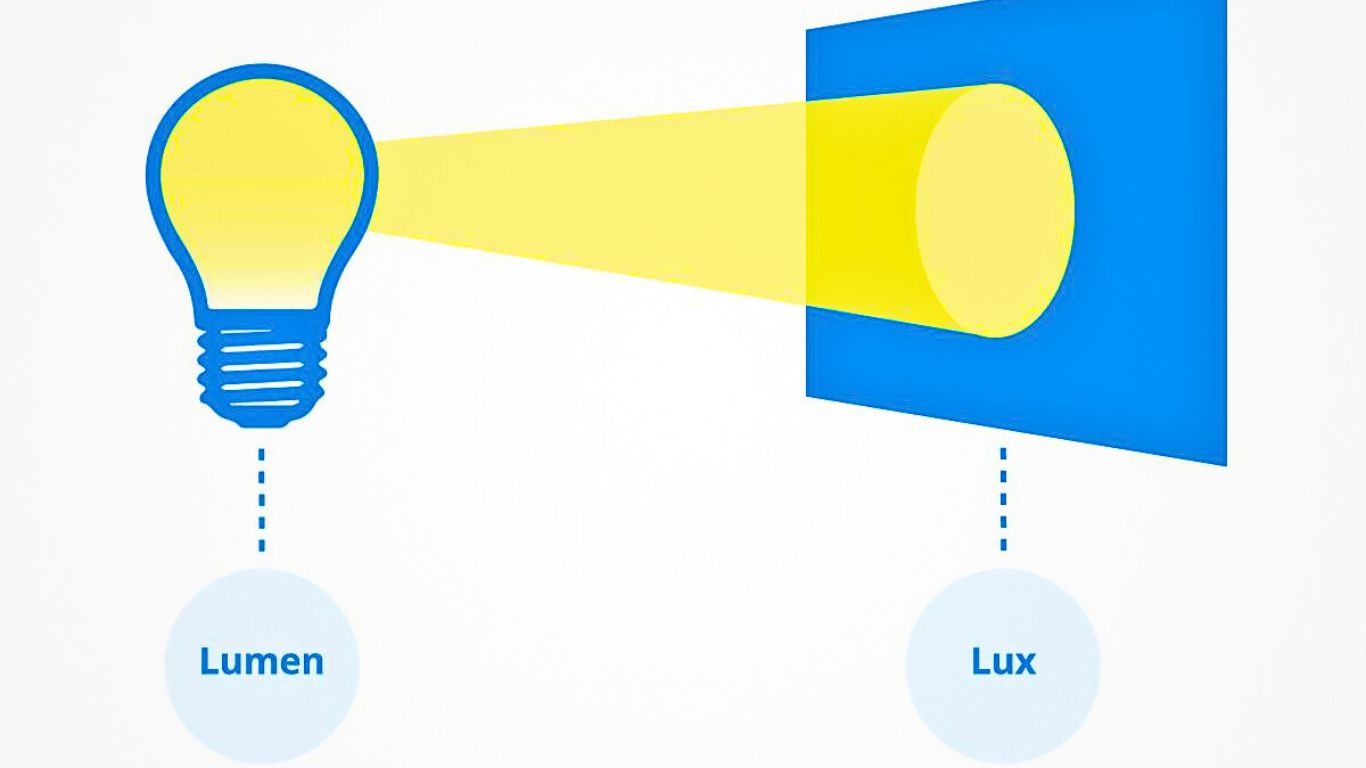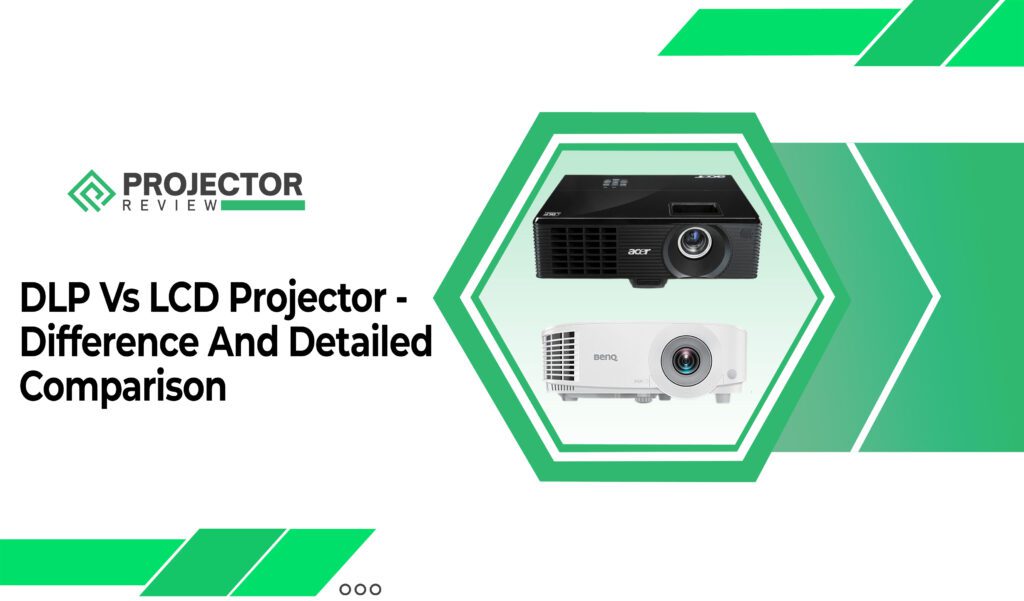In a world brimming with technological marvels and cutting-edge innovations, few things have the power to captivate our imagination quite consumers like the enchanting qualities of projection technology.
If a darkened room, a hushed audience, and the flicker of anticipation in the air as beams of light intertwine to breathe life into a canvas before us. It’s easy to understand how to hang a projector screen, two titans stand tall, each boasting its unique prowess – the timeless Lux and the illuminating Lumen.
We delve into the essence of their strengths, uncovering the secrets behind their visuals. Through the magic of science and engineering, these projectors paint stories, inspire emotions, and transport us to distant lands.
So, come, let us dive into the brilliance of Lux vs. Lumens – a symphony of light that shall ignite the spark of wonder within us all.
What is meant by Lux?
Lux is a unit of measurement used to quantify the level of illumination or brightness of light falling on a specific surface area. In simpler terms, lux represents the amount of light that reaches a particular area or object.
If that light bulb emits 100 lumens of light and that light falls evenly on an area of 1 square meter, then the illuminance at that point would be 100 lux which is good as a DLP vs. LCD Projector.
Lux is commonly used in various applications to determine the appropriate lighting levels for different environments. For instance, it is used in architecture to design well-lit spaces, in photography to measure the exposure of light on a subject, and in the evaluation of projectors and displays to assess their brightness and performance.


What is meant by Lumens?
Lumens are also a unit of measurement used to quantify the total amount of visible light emitted by a light source. It measures the brightness of the light itself, regardless of where it falls or the area it illuminates. In essence, lumens indicate the total light output of a source.
Lumens are crucial when comparing different light sources, such as bulbs, LED lamps, projectors, or flashlights, as they directly indicate how bright they will be. The higher the lumens, the brighter the light emitted which acts with the best projector screen material.
When purchasing lighting products, looking at the lumens rating can help you choose the appropriate brightness for your needs. For instance, a bulb with higher lumens would be suitable for a room that needs to be well-lit, while a lower lumen output might be sufficient for a softer, ambient setting.
ANSI Lumens vs. Lux
Lux and ANSI lumens are two different brightness metrics used to measure and describe aspects of light, particularly in the context of how long projectors last and display. Let’s explore the differences between the two:
ANSI Lumens
ANSI stands for the American National Standards Institute, which sets the standard for testing and reporting projector brightness. ANSI lumens provide a standardized way of measuring projector brightness, considering different test patterns and averaging the measurements to provide a more accurate representation of a projector’s overall brightness performance.
While lux is concerned with brightness at a specific point, ANSI lumens provide an overall measurement of the projector’s brightness across the entire image. This distinction is crucial because projectors may have different brightness levels at different points on the 6×9 vs. 16×10 Projector Screen due to factors like lens characteristics and light distribution.


Lux (lx)
Lux is a unit of illuminance, which measures the amount of light that falls on a specific surface area to show the picture with good quality. It is expressed in lumens per square meter (lm/m²).
Lux takes into account the area over which the light is spread, making it a measure of the brightness at a given point. It is commonly used to assess how well a surface is illuminated, such as the brightness on a screen or a projection surface.
Ansi Lumens Vs Lumens
ANSI lumens vs. lumens are related but distinct terms used to describe aspects of light output, especially in the context of projectors and displays. Let’s explain the difference between the two:
Lumens
Lumens represent the total amount of visible light on the screen emitted by a light source. It measures the brightness of the light itself, regardless of where it falls or the area it illuminates. In simpler terms, lumens indicate the total light output of a source.
For projectors, lumens refer to the total brightness of the projected image. Higher lumens typically result in a brighter and more visible image, especially in well-lit environments or when projecting onto larger screens which made it the best daylight projector.


ANSI Lumens
ANSI lumens, on the other hand, are a standardized measurement used specifically for projectors. ANSI stands for the American National Standards Institute, which sets the standard for testing and reporting projector brightness.
When measuring ANSI lumens, projectors are tested using a set of standardized test patterns and calculations to ensure consistency and accuracy across different projector models. The test patterns include different colors, brightness levels, and image contents that allow for a fair and consistent evaluation of the projector’s brightness performance. The features help to install a projector screen in your home.
The ANSI lumens measurement is more reliable and comparable across different projectors since it takes into account various factors of WQHD vs. QHD, such as color reproduction and image content. It provides a more accurate representation of a projector’s true brightness under standardized conditions.
How many Lumens is 10,000 Lux?
of light. As mentioned earlier, lumens represent the total amount of visible light emitted by light consumers, while lux measures the illuminance or brightness of light falling on a specific surface area.
Lux is a measure of illuminance per square meter (lm/m²). The formula to convert lux to lumens is:
- Lumens = Lux × Area in square meters
However, if the luminance of 10,000 lux is measured over a larger area, the total lumens would increase accordingly.
It’s important to understand that lux and lumens serve different purposes in measuring light in the market. Lux tells us how bright a specific area is, while lumens tell us the total amount of light emitted by a light source. Consequently, the relationship between lux and lumens is influenced by the size of the area being illuminated.
Is 9500 Lux good for a Projector?
A lux rating by itself does not provide enough information to determine whether 9500 lux is good for a projector or not. Here are some considerations to keep in mind:


Intended Use
The brightness requirement for a projector depends on its intended use. For home theater setups, lower lux levels are often sufficient because the room can be darkened for an immersive viewing experience. On the other hand, projectors used in well-lit environments, conference rooms, or large venues typically require higher lux levels to overcome ambient light and maintain a clear and visible image.
Screen Size and Distance
Larger screens or greater distances generally necessitate higher lumens to maintain a bright and clear image which is the best projector screen size.
Ambient Light Conditions
Brighter rooms with more ambient light will require a projector with higher lumens to combat the light interference and ensure a visible image.
Image Quality Preferences
Some users may prefer a brighter image, while others might prioritize color accuracy and contrast over sheer brightness.
Given these considerations, 9500 lux could be considered good for a projector if it meets the brightness requirements for your specific use case. For instance, if you need a projector for a large venue or a well-lit room, 9500 lux could be an appropriate level. However, for a home theater setup in a darkened room, a lower lux rating might suffice.
How many Lux is good for a Projector?
The ideal lux rating for a projector depends on the intended use and the ambient lighting conditions of the environment, about how many watts a projector uses. Here are some general guidelines to consider:


Home Theater or Dark Room
For a dedicated home theater room with controlled lighting and a dark environment, projectors with lower lux levels, typically between 1000 to 2000 lux, can provide excellent image quality and immersive viewing experiences.
Conference Rooms and Business Presentations
In well-lit conference rooms or spaces with moderate ambient light, projectors with higher lux levels, ranging from 3000 to 5000 lux or more, are recommended to ensure a bright and visible image during presentations.
Educational Settings
In educational settings like classrooms, the recommended lux levels might vary based on the size of the room and the lighting conditions. Generally, projectors with lux levels around 2500 to 4000 lux can work well for most classroom setups.
It’s important to note that while lux is a measure of brightness at a specific point, it’s not the only factor to consider when evaluating projector performance to know how projectors work.
7500 Lux to Lumens
Lox is defined as lumens per square meter (lm/m²). The formula to convert lux to lumens is:
- Lumens = Lux × Area in square meters
If you provide the area over which the 7500 lux measurement is taken, I can help you calculate the corresponding lumens. If the area is not specified, it’s not possible to directly convert lux to lumens without additional information.
How much Lux for an Outdoor Projector?
The ideal number of lux for outdoor daytime projectors is a maximum of 2,500 Lux or lumens depending on several factors, including the ambient light conditions and the size of the projected image.


To ensure a bright and visible you must know how many lumens for an outdoor projector, it is generally recommended to use a projector with a higher ANSI lumens rating. ANSI lumen is a standardized measurement that takes into account various factors, including color and image content, and provides a more accurate representation of a projector’s brightness metrics.
LUX vs. Lumens Projectors – FAQs
Conclusion
This article sheds light on the significance of both lux and lumens in the context of projectors. While lux provides valuable information about localized brightness at specific points, lumens offer a standardized metric for comparing overall projector brightness.
The choice between lux and lumens projectors ultimately depends on the specific application and the level of brightness required. By understanding their distinct advantages and limitations, individuals can make informed decisions to enhance their projection experiences.

